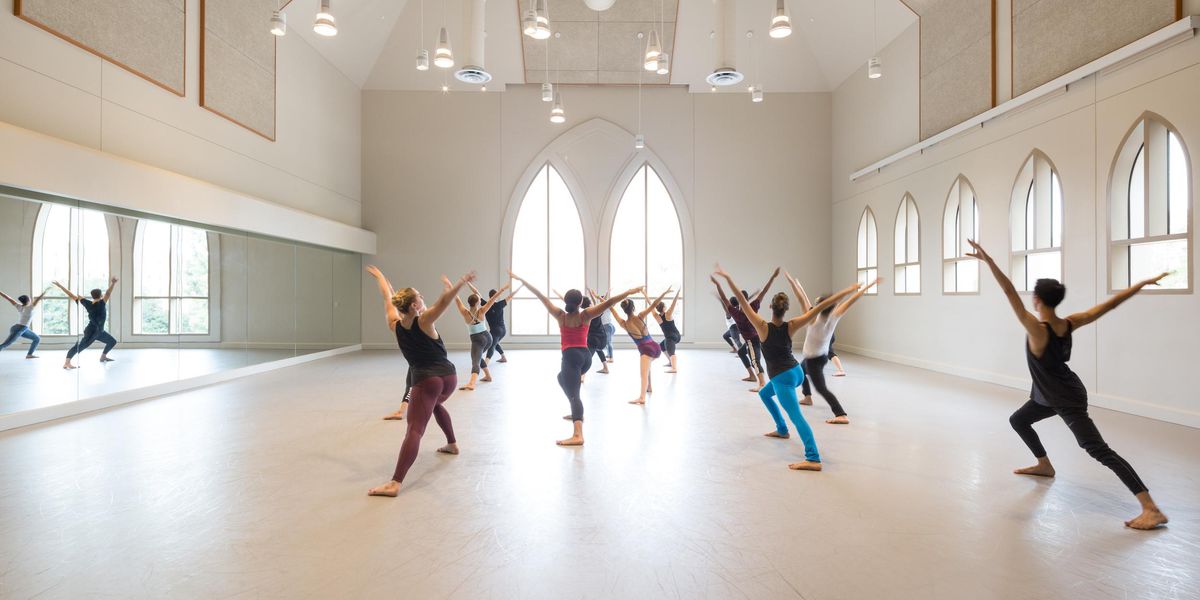The Bolshoi on Tour: Still Soviet After All These Years?
We will be excited to see the Bolshoi no matter what rep they are doing. The dancers deliver on a big scale (the word “bolshoi” means big), the tradition of handing down the classics is unbroken, and for this tour they are traveling with the Bolshoi orchestra. Plus, our sympathy is at an all-time high because we know the company has been through hell. Sergei Filin, the artistic director, survived both a vicious acid attack that left him partially blind, and an aftermath riddled with power struggles.
It will be a thrill to see our own David Hallberg dance with the Bolshoi. His courage in accepting the Bolshoi’s offer has helped build artistic and cultural bridges, and his artistry has deepened through working with a Bolshoi coach.
So if you’re in the area, click here to learn more about the nearly sold-out run at the Koch Theater, July 12 to 27.
But the tour has made many of us wonder: Why bring a rep that hasn’t changed since Soviet Times: Swan Lake, Don Q, and Spartacus in New York, and Giselle in DC two months ago. In Moscow the company has risen to the challenge of rigorous contemporary works, including those of Forsythe, Kylian, McGregor, Neumeier, Maillot, and Edwaard Liang. But, as Filin said in his interview in the January 2013 issue, presenters around the world prefer to book the classics that the Bolshoi are known for.
This can be frustrating for the audience as well as the dancers. Ivan Vasiliev, the superstar who emerged from the Bolshoi and is now with American Ballet Theatre, said in these pages, “I love classical ballet, but there must be a balance. The Bolshoi should not live only in the past. Life is continuous and ballet is continuous. We have to move ahead, or else the Bolshoi will become like a big trunk in the attic.”
In this case that heavy trunk includes Grigorovich’s Spartacus, which was made in 1968 to comply with the Soviet regime’s demand for revolutionary uplift. When it last came to NYC in 2005, John Rockwell wrote this about it in The New York Times (as collected in his book Outsider): “Grigorovich’s Spartacus is a grand cinematic spectacle, full of leaps and loves and betrayals and brilliant tableaus and lots and lots of stomping about by soldiers and slaves and shepherds. Khatchaturian’s score…is similarly cinematic; in other words, it sounds like movie music.”
It will be interesting to see if Grigorovich’s Spartacus transcends its original purpose as Soviet propaganda. As English writer Ismeme Brown pointed out in “Today’s Bolshoi Ballet” in the June issue, Grigorovich at 87 still wields much influence.
But here’s the good news: In my recent talk with David Hallberg (for donors of ABT), I asked him about the morale of the Bolshoi dancers in the wake of the sturm und drang of last season. “After the attack the company rallied together,” he answered. “They did what they do best, and that’s to create world-class art…It’s like at ABT: People who love to dance—it’s their calling.”
(Click here for my personal memory of being an extra in the 1962 Spartacus.)
Photos: Nina Kaptsova and Mikhail Lobukhin in
Spartacus, photo by Elena Fetisova; Mikhail Lobukhin as Spartacus, photo by Damir Yusupov




